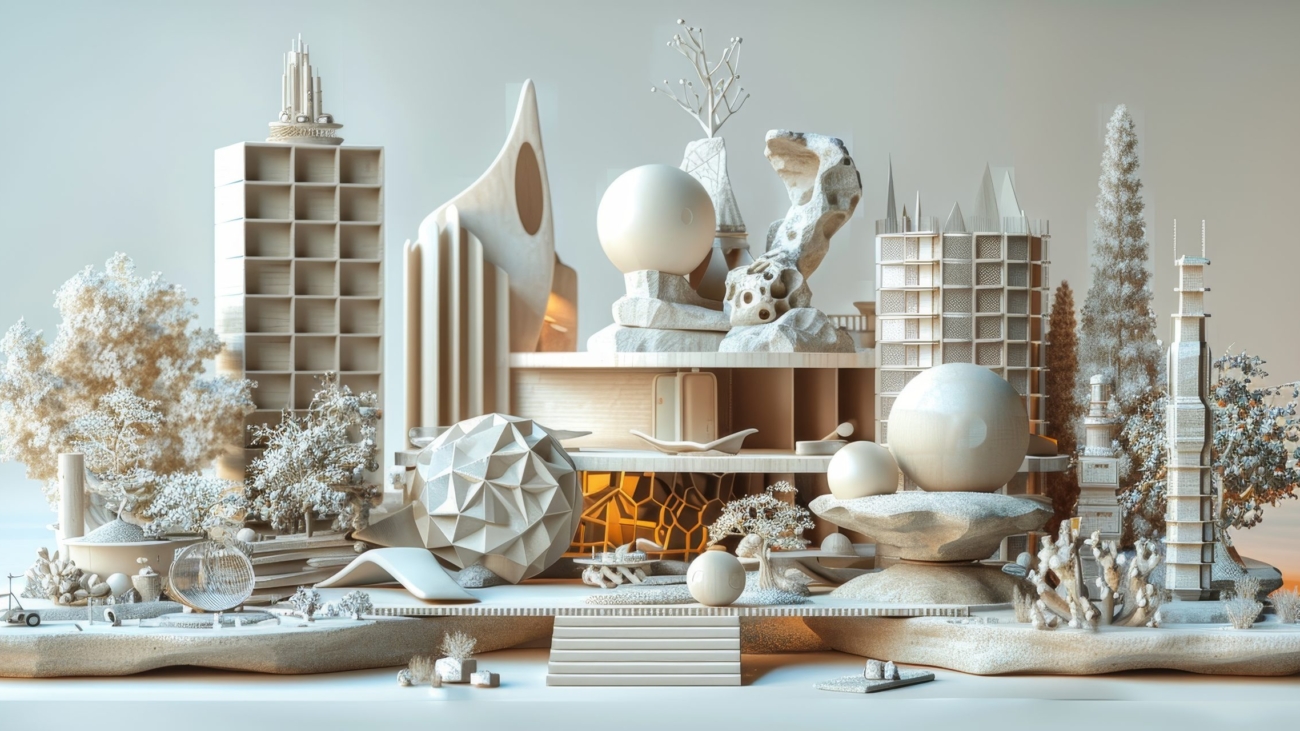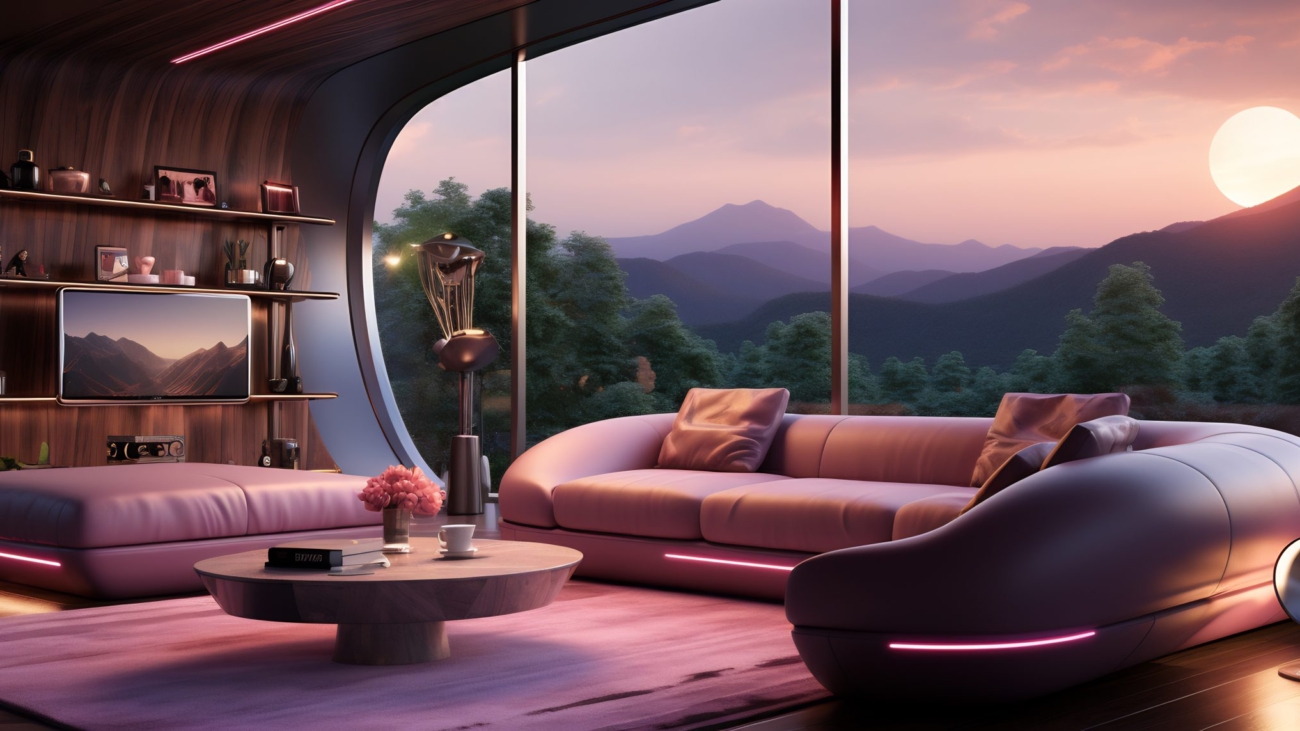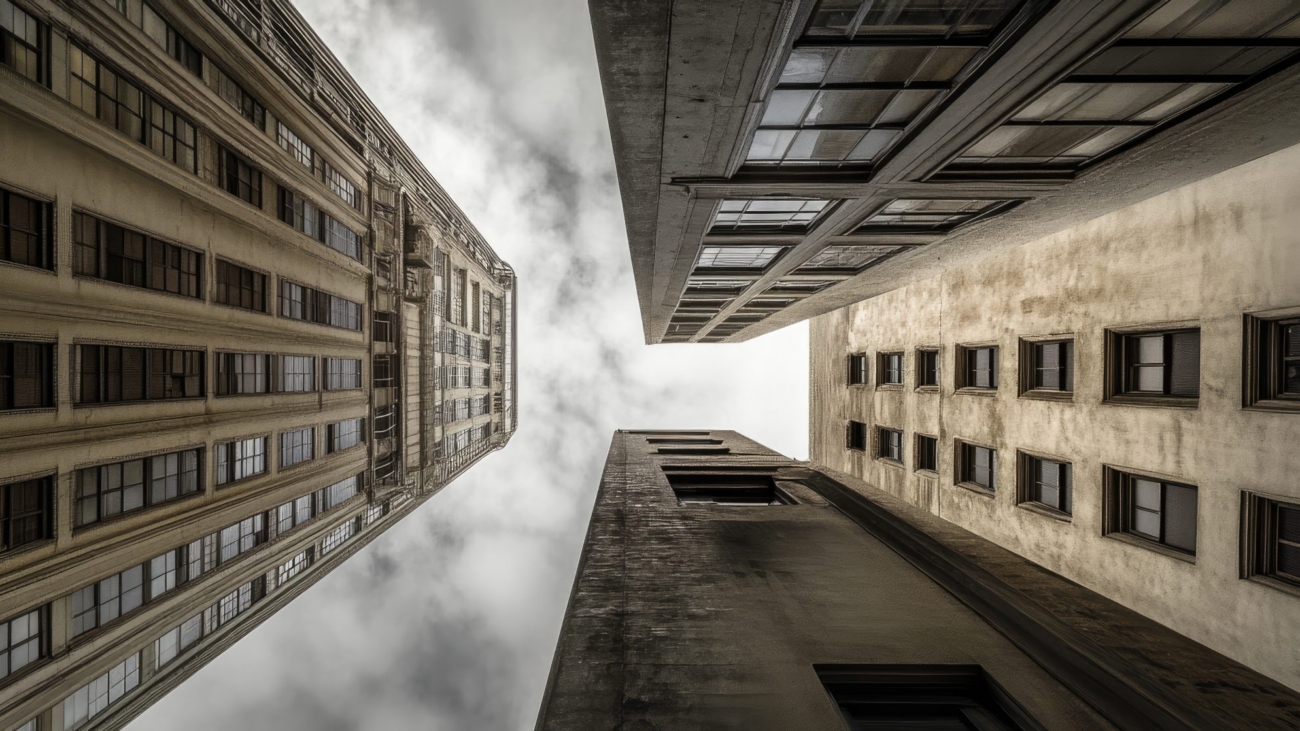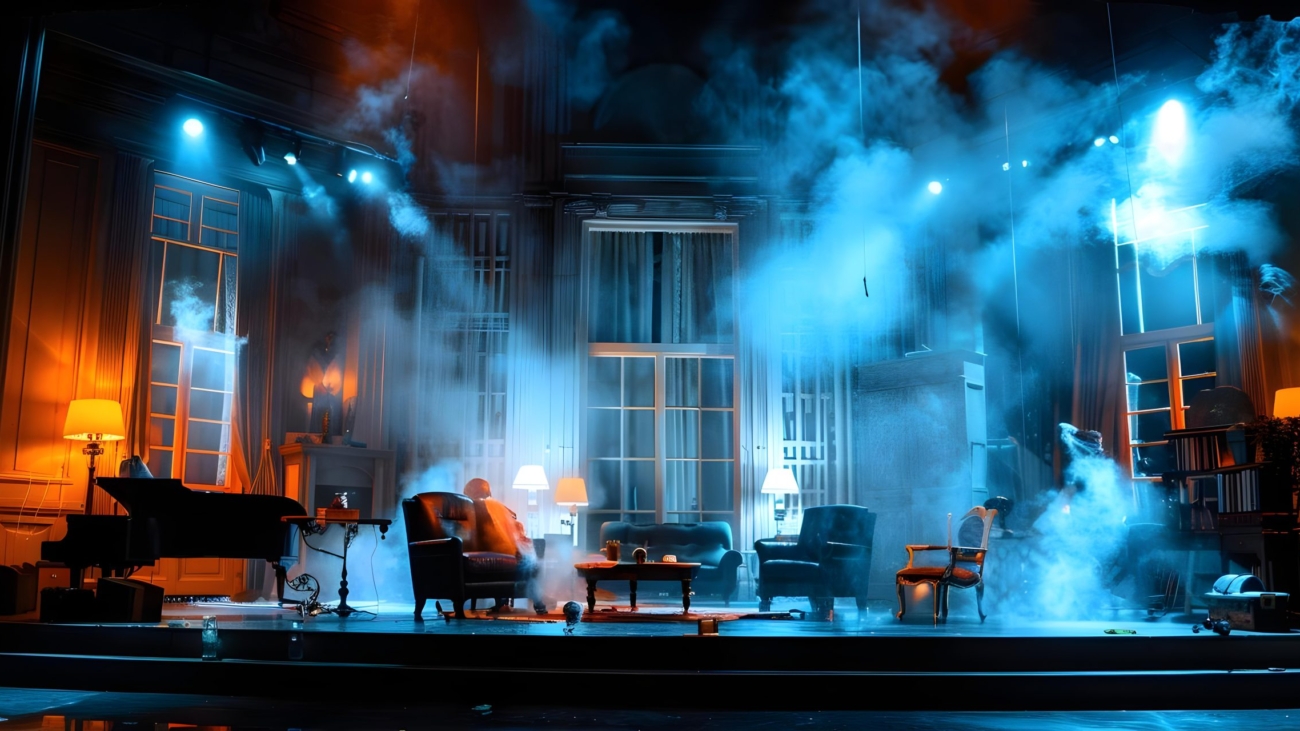London-based architecture studio Wright & Wright has completed an ambitious renovation and extension of Lambeth Palace, the 800-year-old official residence of the Archbishop of Canterbury. Situated on the south bank of the River Thames, this Grade I-listed estate encompasses a remarkable collection of buildings dating back to the 12th century. The recent works involved meticulous restoration, sensitive updating, and strategic interventions to improve accessibility, environmental performance, and functionality while respecting the palace’s rich historical fabric.
This latest project follows Wright & Wright’s 2020 addition of a new library for Lambeth Palace, the first significant new build on the estate in nearly two centuries. Over three years, the studio undertook a comprehensive overhaul, carefully balancing the palace’s layered history with contemporary requirements.
“The masterplan was centered around understanding and working with the complex, multi-era history of Lambeth Palace,” senior associate Leanna Boxill told Dezeen. “Over centuries, successive archbishops either built or ceded land, leaving behind a unique tapestry of architectural styles – from the Chapel and Great Hall to the Blore Building and the Towers. Our work was guided by a principle of continuity and change. Every intervention was carefully considered, in close collaboration with the Church of England, engineers, archaeologists, craftspeople, and Historic England.”
A central focus of the renovation was enhancing accessibility across the estate. At the Victorian-era Blore Building overlooking the main courtyard, a new stone ramp provides an inviting and fully accessible entrance. Internally, four new lifts create smooth circulation between levels, accompanied by the addition of accessible toilets, including a larger Changing Places facility, ensuring the palace is welcoming for all visitors.
Historic interiors were thoughtfully conserved and adapted to contemporary use. The 17th-century Great Hall, which previously housed the palace’s collection of religious texts, has been restored and reopened as a versatile events space. Conservationists and stonemasons carefully repaired the timber ceiling and stone walls, while redundant bookcases were repurposed into elegant timber paneling lining the lower walls.
“The palace hosts a wide variety of charitable and public events, from NHS gatherings to services for veterans, so accessibility was paramount,” Boxill explained. “Our spatial strategy worked like a domino effect: solving one challenge often created opportunities elsewhere. This approach has ensured the palace remains a functioning residence for the Archbishop while seamlessly accommodating large-scale hospitality and events.”
Modern sustainability measures were subtly integrated into the historic site. A new energy center, discreetly concealed behind a metal-clad wall, houses three air-source heat pumps connected to reconfigured service routes and a new system of radiators. The installation was made more efficient through careful attention to double glazing and energy flow, all without disrupting the palace’s daily operations.
The renovation process involved extensive archaeological investigation. Excavations revealed Saxo-Norman deposits, medieval cesspits, Tudor cloisters, and even human skeletal remains beneath the Guard Room, providing valuable insight into the palace’s long and layered history.
Despite the scope of the works, Lambeth Palace remained fully operational throughout the project, hosting the 2,000-person Lambeth Conference as well as rehearsals for major national events, including the Royal Funeral and Coronation.
Founded in 1994 by Sandy and Clare Wright, Wright & Wright has built a reputation for sensitive, thoughtful interventions within historically significant contexts. Beyond Lambeth Palace, the studio’s portfolio includes the renovation and extension of the Museum of the Home in Hackney and the refurbishment of the British Academy headquarters in London, both projects notable for their careful balance of heritage and contemporary design.
With the Lambeth Palace project, Wright & Wright have demonstrated a masterful ability to honor centuries of architectural history while introducing subtle, strategic modern interventions, creating a residence and civic space that is both respectful of its past and fully equipped for the demands of the present.









